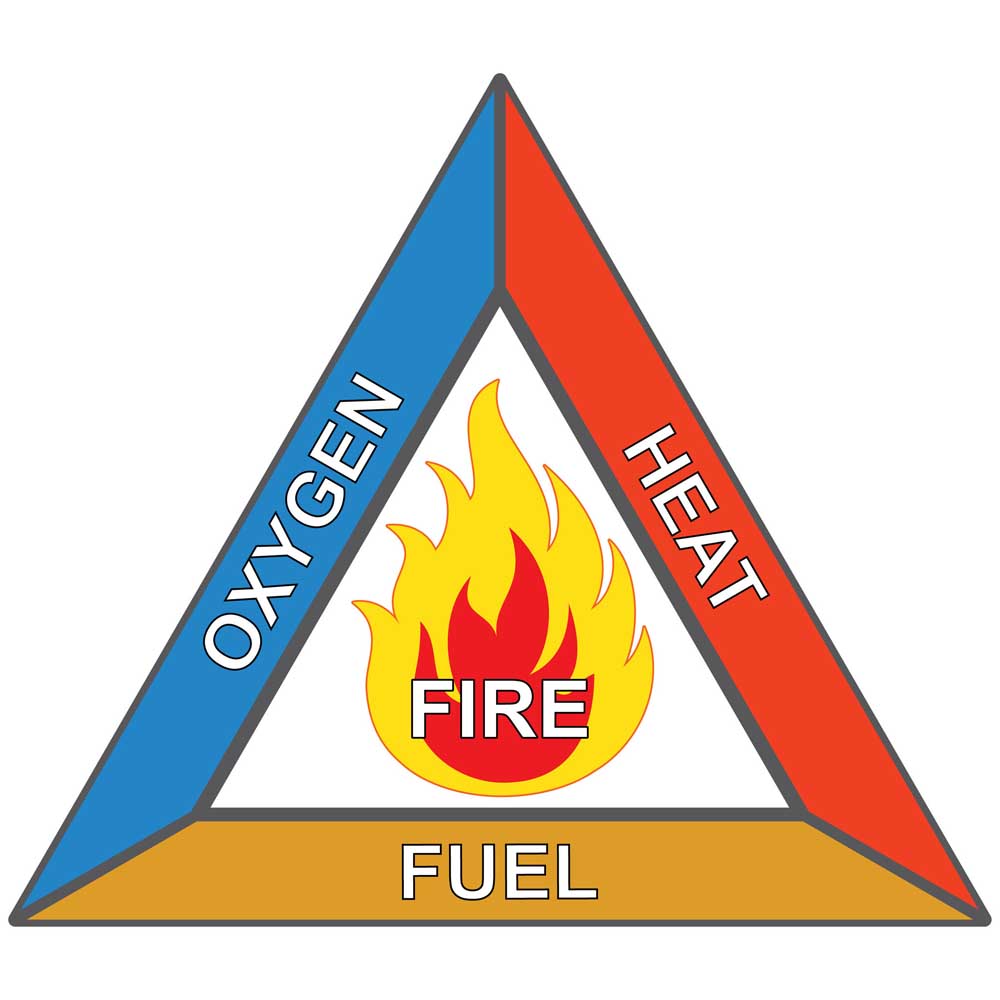Guest column: It takes three things to start a fire
Published 9:15 pm Wednesday, November 4, 2020

- Fire triangle
There are a lot of expressed opinions out there right now over what has caused all these horrific fires on the west coast. Oregon’s Gov. Brown, Sens. Wyden and Merkley, and Govs. Inslee of Washington and Newsom of California have cited irrefutable scientific evidence that they were caused primarily by climate change. Noted scientists and forestry professionals have pointed to the buildup of fuels and the lack of sound forest management practices.
Who is right? The answer lies in what is known among scientists as the Fire Triangle. Here is an example of what it looks like:
The Fire Triangle is a simple visual graphic which displays the three things needed for the chemical reaction of combustion to occur. First, heat is needed in the form of ignition, whether it is a lightning strike, sparks from a dragging chain behind a vehicle, a hot exhaust pipe in dry grass, a downed power line, a carelessly discarded cigarette, or an abandoned campfire. If this occurs when it is 30 degrees outside, possibly nothing will happen. If it is 80 degrees, a fire will most likely start.
Fire scientists talk about and try to predict the “rate of spread.” They base that on a lot of factors, such as temperature, relative humidity, wind speed, fuel and topography. So we can see that heat is important from the ignition to the expansion of a fire.
Second, oxygen allows a fire to burn. When we extinguish a fire by throwing dirt on it, or pouring water on it, we rob the fire of the needed oxygen, and it dies. How the fire gets its oxygen is important. If it is calm with no wind, it gets the needed oxygen slowly and spreads slowly. If there is a strong wind, the fire takes it all in and spreads rapidly.
Third, a fire needs fuel to burn. Fuel in a wildland fire can be any combination of grass, brush, dead limbs and branches, downed logs and standing trees. Without that fuel, there is no fire. With a reduced amount of fuel, the fire will not burn as intensely or as rapidly, causing less destruction to the land, property and communities.
So, it clearly was not a single thing that caused these fires to occur and behave as they did. It took extreme heat, with temperatures close to and above 100 degrees, along with thousands of lightning strikes, downed power lines from trees falling and human carelessness for ignition. It took massive amounts of oxygen in the form of the high winds that struck all west coast states. And it took thousands of acres of dry fuels for the fires to consume. Focusing on climate change alone does not address the whole picture.
Yes, global warming has contributed to the drought conditions, the dry fuels, the strong winds, the high temperatures. But the fuel buildup was a key factor. All three legs of the Fire Triangle are critical for a fire to erupt.
There are many things we can do to try to prevent such fires in the future. Making regulations to decrease industrial and vehicular emissions is one step towards mitigating climate conditions that affect oxygen and heat. But we can also treat the fuels by thinning, brush mowing, prescribed burning, and other techniques. If we posture publicly about climate change only and do nothing to change the condition of our forests, grasslands and brushlands, we will continue this cycle of large intense burns until Oregon is only a mosaic of recently burned scars.
Please contact your city, county, state and federal officials and legislators and encourage them to stop pointing at one or two legs of the Fire Triangle, but rather address all three. Send them a picture of the Triangle and explain it to them. You might even refer them to the fire science section on Smokey Bear’s website: www.smokeybear.com.
Do you have a point you’d like to make or an issue you feel strongly about? Submit a letter to the editor or a guest column.






